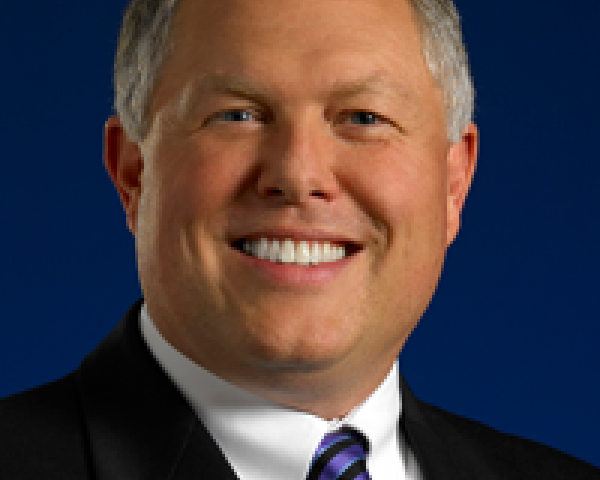Should the workers comp requirement be eliminated for the 75% of employers and occupations with negligible additional risk?
At the 67th annual SAWCA Convention, Frank Neuhauser, executive director of the Center for the Study of Social Insurance (CSSI) at University of California at Berkeley, opened his keynote by discussing the future of workers’ compensation.
He noted that the current system does not efficiently address the issues that employers and employees face today. In 1915, the system was created primarily to support a heavily industrialized workforce, but that is no longer the case.
The organizational costs associated with administering $1.00 of medical treatment under workers comp is estimated to be $1.25. To administer at this same level of service under a group health plan costs just 14 cents.
In addition, the use of workers’ compensation Medicare set asides (MSAs) creates Medicare to lose between 25% and 40% of the amount, and the MSA process is inefficient and has the potential to become costly. Neuhauser recommends that a more streamlined approach be designed by the states to limit the duration of employers’ liability to two years and then assess insurers and self-insurers “fair” payment to a Medicare trust fund.
Non-traumatic injuries make up 67% of claims and 75% of claim dollars. So where do these injuries frequently occur? An employee is four times more likely to suffer a fatal injury away from the workplace, and 75% of workers are in occupations that are low hazard.
In the next 20 years, this may lead to the conclusion that the workers’ compensation requirement for employers and occupations with negligible additional risk should be eliminated.
Based on this conclusion and the ability to administer medical benefits more efficiently, Neuhauser recommends that 75% of employers should administer their workers’ compensation through a group health plan.


